
FreeSWITCH Cookbook
¥54.49
This is a problem-solution approach to take your FreeSWITCH skills to the next level, where everything is explained in a practical way. If you are a system administrator, hobbyist, or someone who uses FreeSWITCH on a regular basis, this book is for you. Whether you are a FreeSWITCH expert or just getting started, this book will take your skills to the next level.
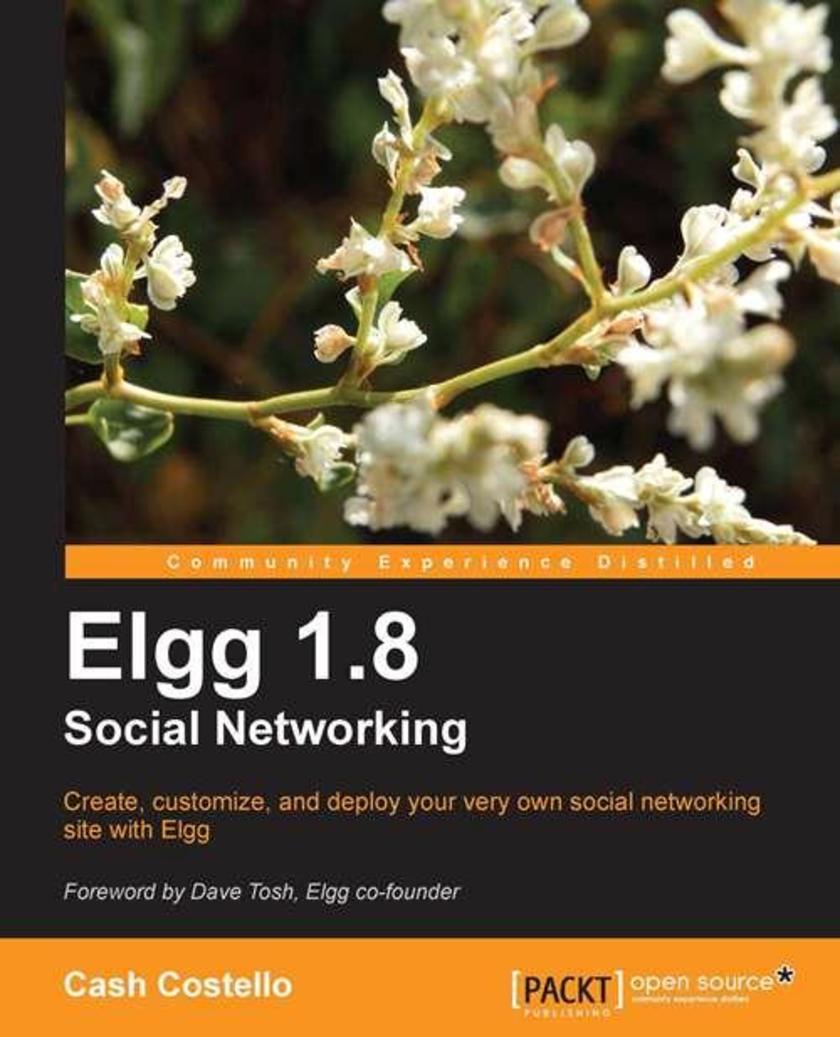
Elgg 1.8 Social Networking
¥80.65
This book provides more than just a step-by-step guide to installing and using Elgg. It includes practical advice gained through experience on what it takes to deploy and maintain an Elgg-based site. If you are a software developer or are familiar with PHP, it provides both a tutorial-based introduction and a quick reference guide so that you can quickly extend and customize Elgg. If you want to create a social networking site using Elgg and do not have a background in software development, this book provides all the information and advice that you need written just for you. If you are a developer, it also contains valuable tutorials and reference material so that you can begin writing code right away.
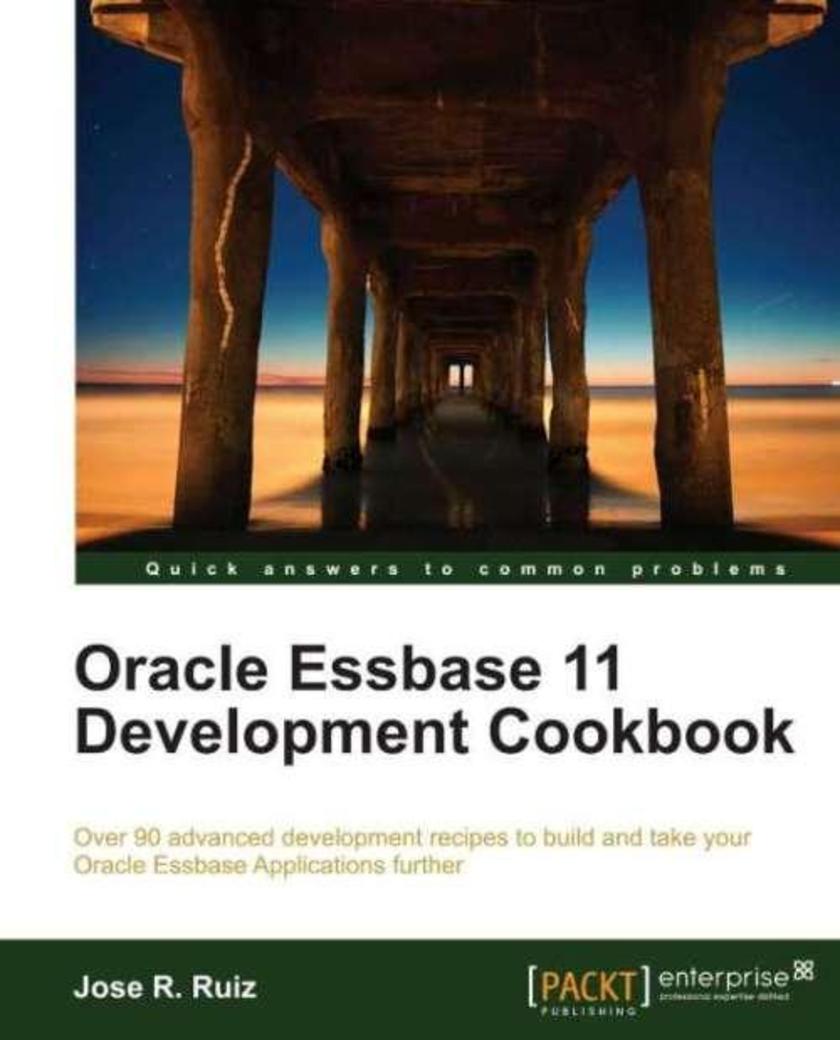
Oracle Essbase 11 Development Cookbook
¥107.90
This cookbook is full of immediately useable recipes showing you the advanced development techniques when building Essbase Applications and how to take these applications further. This cookbook offers practical, task-based, and immediately usable recipes covering a wide range of advanced development techniques to build Essbase Applications and take them further. In addition to its cookbook style, which ensures the solutions are presented in a clear step-by-step manner, its explanations go into great detail, which makes it good learning material for everyone who has experience in Essbase and wants to improve. The book is designed in such a way that you can either read it chapter by chapter or refer to recipes that you want in no particular order. If you are an experienced Essbase developer, Essbase Database Designer or Database Administrator, then this book is for you. This book assumes that you have good knowledge of Oracle Essbase.
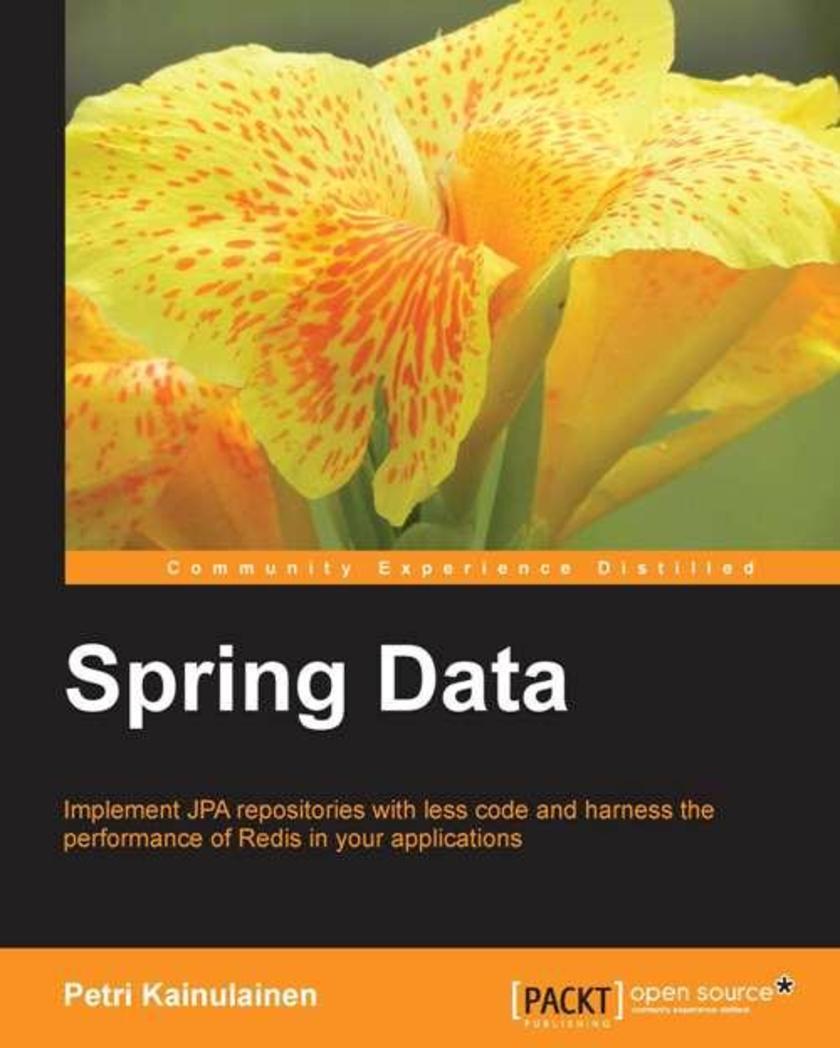
Spring Data
¥45.77
This book is a standard tutorial which provides step-by-step instructions and a lot of code examples that are easy to follow and help you to get started from page one. This book is suited for developers who are working with Spring-powered applications, and are looking for an easier way to write data access code that uses relational databases. Also, if you are interested in learning how you can utilize Redis in your applications, this is the book for you. This book assumes that you have got some experience with the Spring Framework and the Java Persistence API. No previous experience with Redis is required.
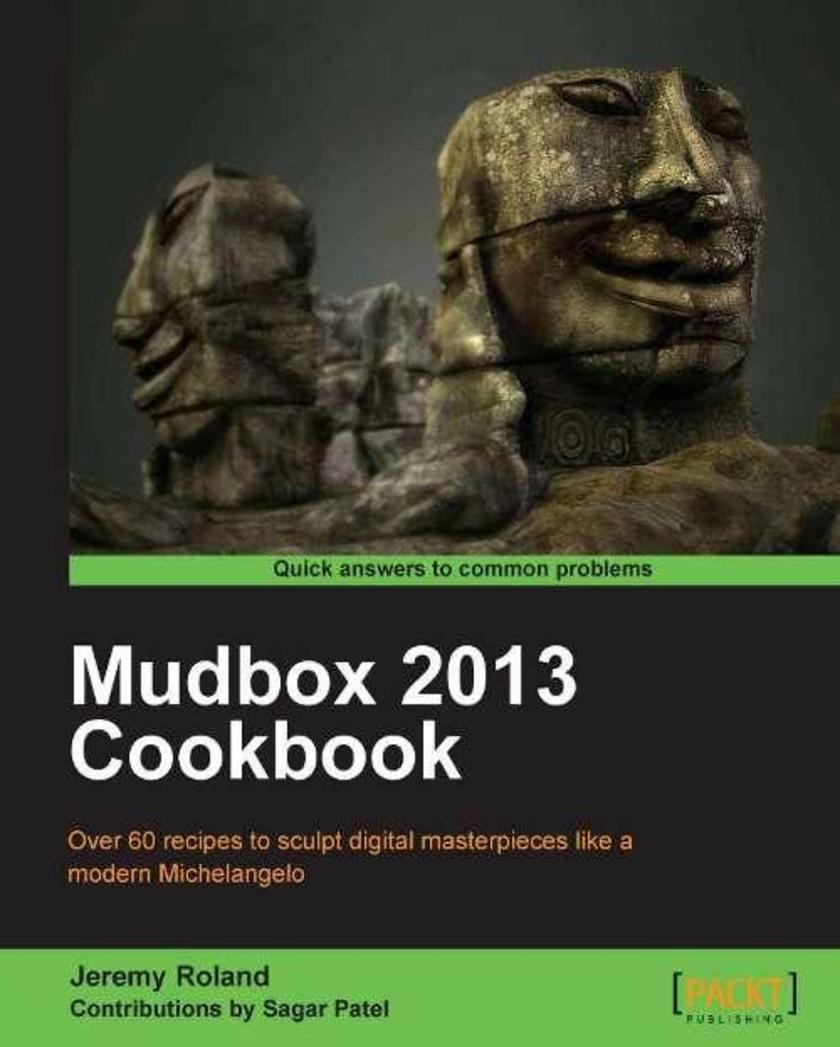
Mudbox 2013 Cookbook
¥80.65
Written in cookbook style, this book offers many recipes to learn digital sculpting with Mudbox. Each recipe contains step-by-step instructions followed by analysis of what was done in each task and other useful information. The book is designed so that you can read it chapter by chapter, or you can look at the list of recipes and refer to them in no particular order,This book is for 3D modelers and texture artists who are, or would like to be, working in the games, movies, product design, television, medical imaging, or advertising industries. By learning the techniques in this book you will be able to create "next gen" assets for the game industry, create realistic creatures and sets for movies, and add the fine details needed for medical images and animations. Whether you are an Environment Artist or a Character Artist there is much to learn from this book.
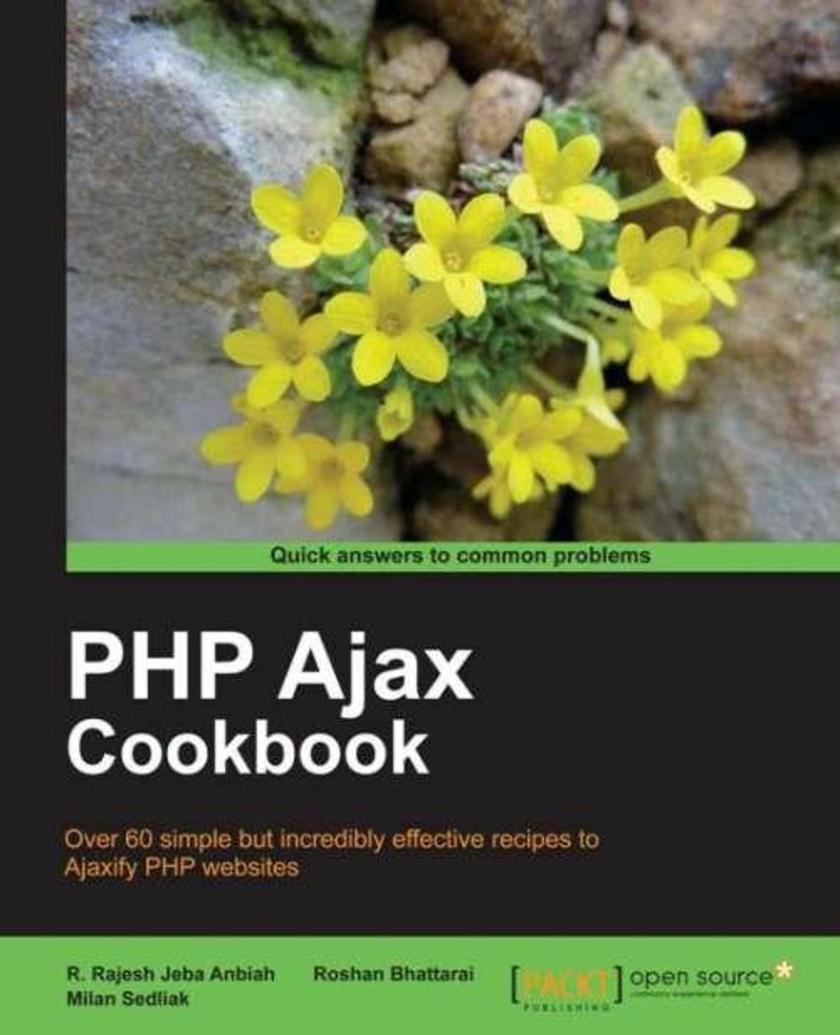
PHP Ajax Cookbook
¥80.65
This book contains a collection of recipes with step-by-step directions to build SEO-friendly websites using standard Ajax tools. Each recipe contains behind-the-scene explanations to PHP Ajax questions. This book is an ideal resource for people who like to add Ajax features to websites and who prefer standards and best practices for building SEO-friendly websites. As the book covers advanced topics, readers need to be aware of basic PHP, JavaScript and XML features.
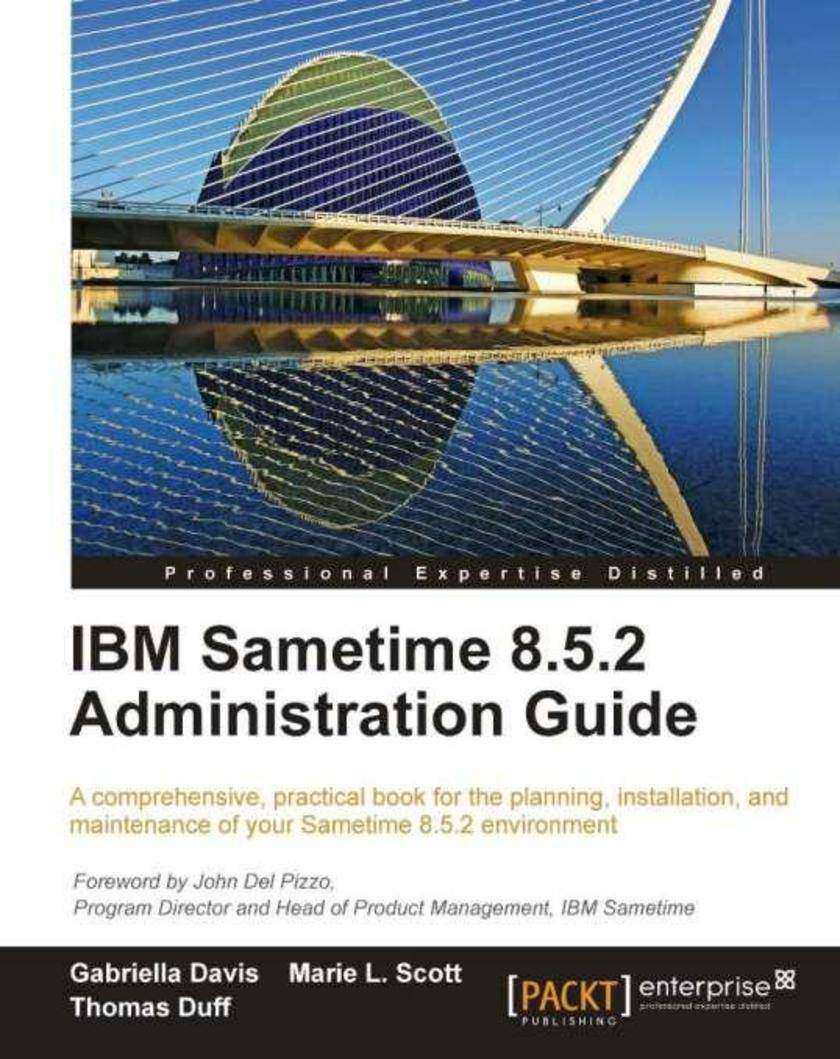
IBM Sametime 8.5.2 Administration Guide
¥125.34
The IBM Lotus Sametime 8.5.2 Administration Guide uses a practical, no-nonsense approach to give you the essential information you need. Using realistic scenarios, you learn how to configure and maintain your environment to meet your needs and take advantage of the flexibility offered in Sametime 8.5.2. If you are responsible for installing and administering Sametime 8.5.2, then this book is for you. If you’re completely new to Sametime administration, this book will serve as your roadmap. If you’re making the jump from a prior version of Sametime, then you’ll see how Sametime 8.5.2 differs and how you work with the new configuration. Even if you already have Sametime 8.5.2 up and running, this guide will answer those questions you may still have of why and how the various server components work.
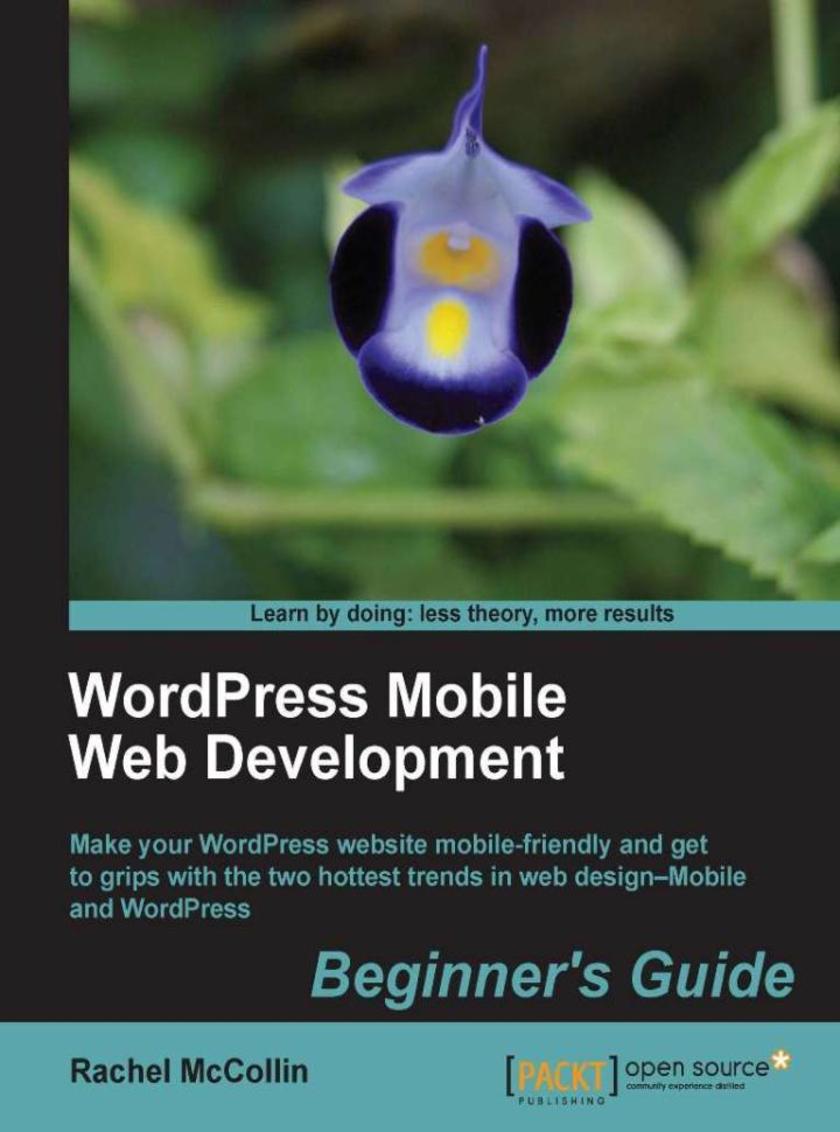
WordPress Mobile Web Development
¥90.46
Beginner's Guide. If you have dabbled in WordPress or been working with it for years, and want to build mobile or responsive themes or sites, this book is for you. Even if you can’t write a line of code, the first few chapters will help you create a simple mobile site. But to get the most from the book, you will need a good understanding of HTML, CSS and WordPress itself. This book is for owners of self-hosted WordPress sites, not sites hosted at wordpress.com.
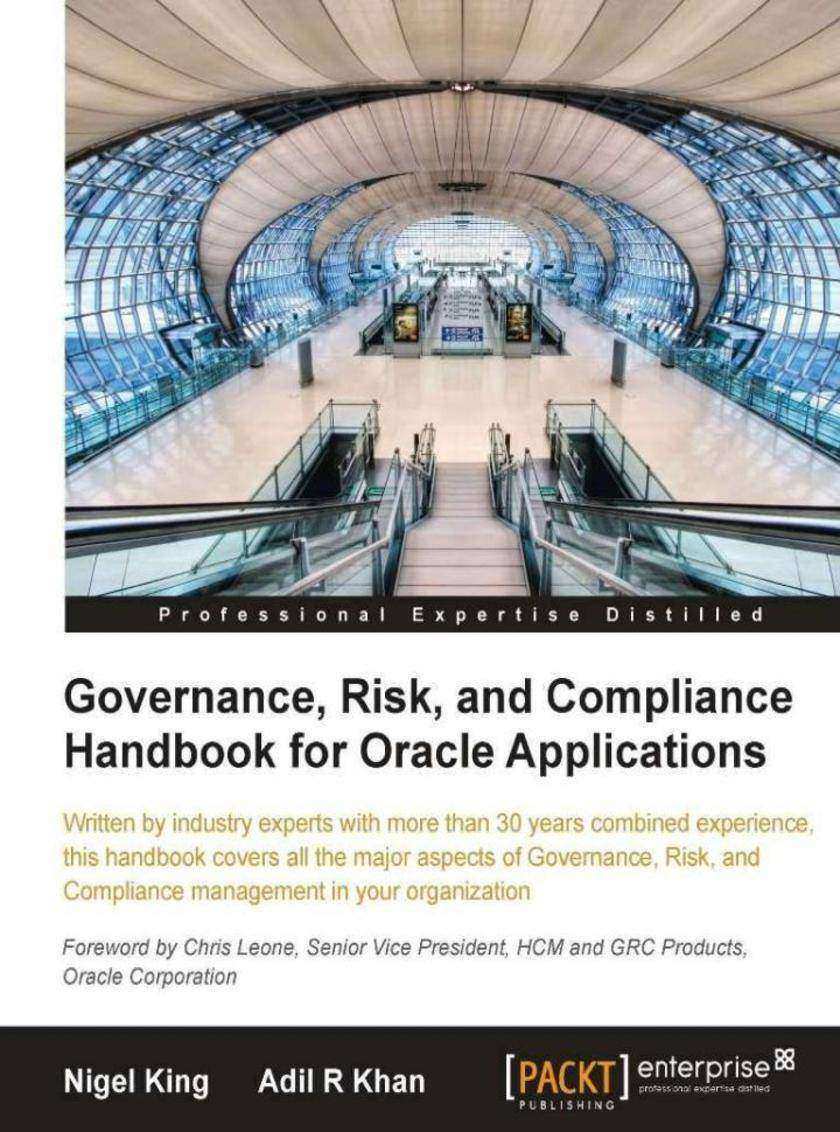
Governance, Risk, and Compliance Handbook
¥135.15
The book is not organized by product, rather by the governance and risk assurance processes. A given product may be represented in multiple places within the book and a given process may contain multiple product references. To ensure that we keep ourselves grounded in real problems, the book is written as a journal of a fictional company establishing its governance processes. It will introduce managers and directors responsible for various aspects of the governance, risk and compliance problem and where that problem is exposed and how it is addressed in the technology and business applications. The audience for this book is the people that advise the board, the internal audit department and CIO office on controls, security and risk assurance. Consultants that are implementing Financials or GRC Applications who wish to gain an understanding of the Governance Risk and Compliance processes, and how they are represented in Oracle, should find it a useful primer. Risk Assurance professionals will find it a reliable companion.

Windows Phone 7 Silverlight Cookbook
¥90.46
The book is written in a cookbook style, presenting examples in the style of recipes, allowing you to go directly to your topic of interest, or follow topics throughout a chapter to gain in-depth knowledge. All levels of developers and designers will be able to utilize this book. The language and examples are written for beginners but there are plenty of deeper concepts to explore and code to master.
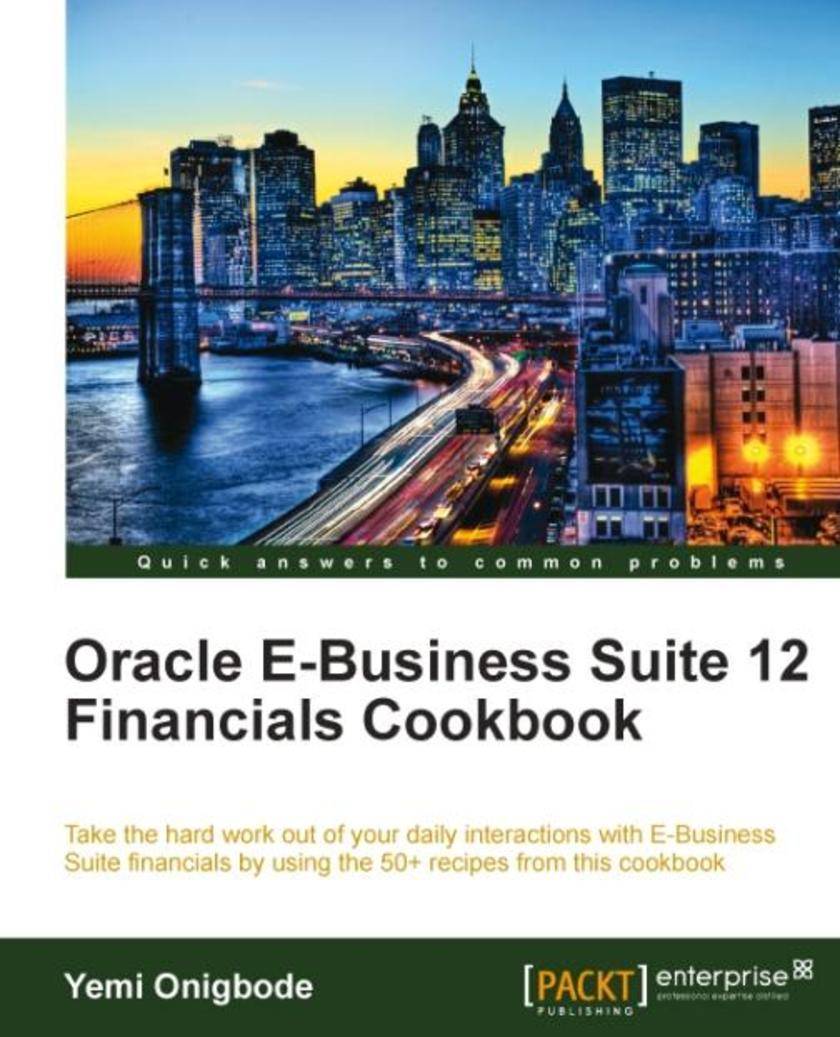
Oracle E-Business Suite 12 Financials Cookbook
¥125.34
There are many ways of configuring and using Oracle EBS R12 Financials. This cookbook demonstrates how to use EBS R12 Financials in a way that will enable you to understand the core functionalities of the main financials modules. Each recipe is presented as part of a scenario-based chapter that details typical business scenarios. This book is for EBS Financials specialists who want a broader understanding of particular areas of the financials modules. Businesses can use this book to identify key functionalities of the financial modules, and very quickly demonstrate a pilot to obtain the core requirements. If you are a Business Analyst, Functional Consultant, Technical Consultant, Project Sponsor, Project Manager, Project Team Member, System Accountant or Solution Designer, Testing Team Member, Training Team Member or Support Team Member, then this book is for you. This book assumes that you have basic navigation skills and you understand the key Oracle EBS terminology, novice EBS professionals will also gain from the expert content of this book.
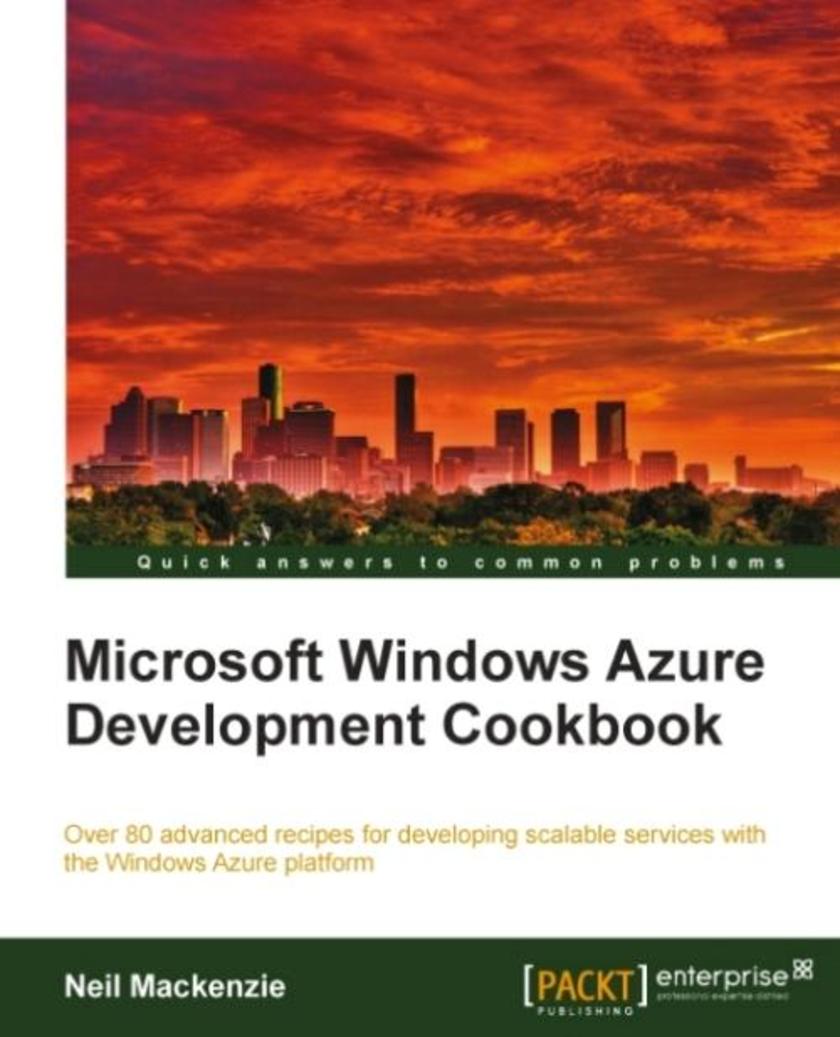
Microsoft Windows Azure Development Cookbook
¥90.46
This cookbook offers practical, immediately usable task-based recipes covering a wide range of advanced development techniques for building highly scalable cloud-based services on the Windows Azure platform. It shows you how to improve these services and how to solve particular problems/scenarios when developing them on the Windows Azure platform. The solutions are presented in a clear step-by-step manner and explained in great detail, which makes them good learning material for everyone who has experience of the Windows Azure platform and wants to improve. The book is designed so that you can read it chapter by chapter or refer to recipes in no particular order. If you are an experienced Windows Azure developer or architect who wants to understand advanced development techniques when building highly scalable services using the Windows Azure platform, then this book is for you. You should have some exposure to Windows Azure and need basic understanding of Visual Studio, C#, SQL, .NET development, XML, and Web development concepts (HTTP, Services).
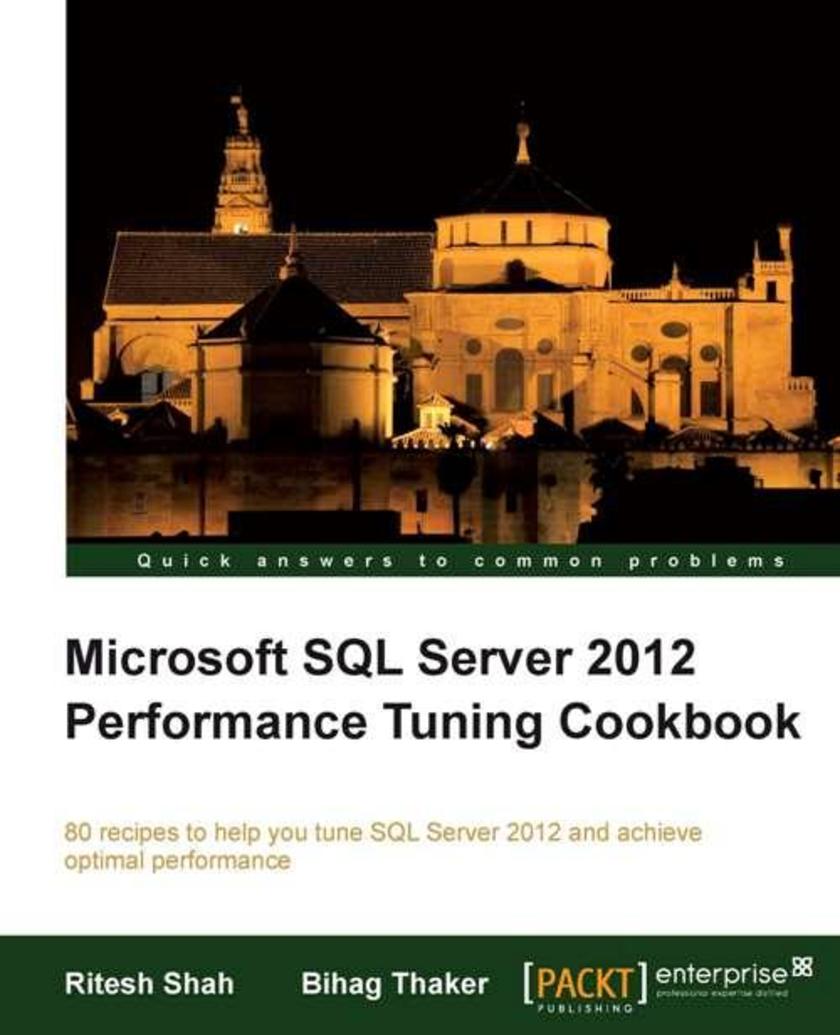
Microsoft SQL Server 2012 Performance Tuning Cookbook
¥107.90
This book has individual recipes and you can read it from cover to cover or dip into any recipe and get solution to a specific issue. Every recipe is based on a */procedure explained with step-by-step instructions and screenshots. Concepts are illustrated for better understanding of why one solution performs better than another. SQL Server 2012 Performance Tuning Cookbook is aimed at SQL Server Database Developers, DBAs, and Database Architects who are working in any capacity to achieve optimal performance. However, basic knowledge of SQL Server is expected, but professionals who want to get hands-on with performance tuning and have not worked on tuning the SQL Server for performance will find this book helpful.
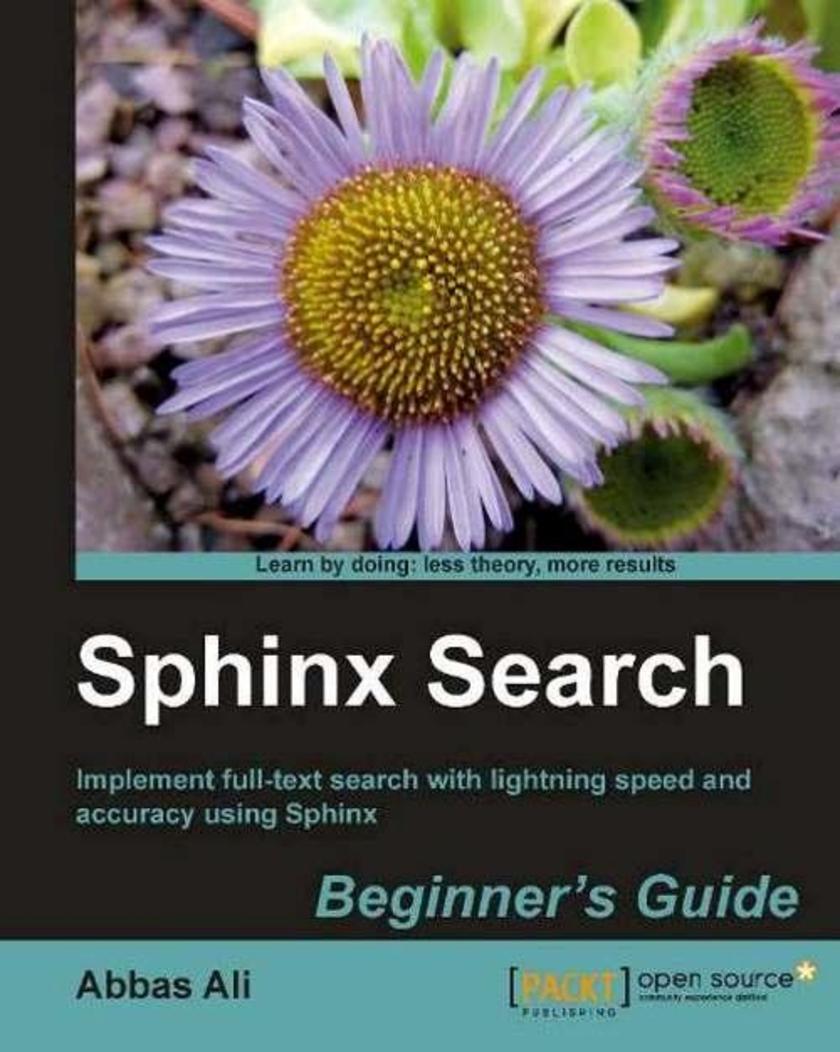
Sphinx Search Beginner's Guide
¥71.93
This book is a step-by-step guide for an absolute beginner. It covers everything, from installing to configuring, to get you started quickly. It has numerous code examples that the reader can try on their own and learn while doing so. It has two full-fledged applications as examples that readers can follow. This book is specifically focused on the Search feature of web applications. This book is for developers who are new to Sphinx Search. All code examples use PHP but the logic is same for any other web *ing languages as well.

ZBrush 4 Sculpting for Games
¥80.65
This guidebook is built around four complex example projects with clear step-by-step instructions followed by useful explanation, advice, and handy reference material. It is richly illustrated with a friendly, informal writing style. If you want to get started fast using ZBrush for games then this is the book for you. This book is for all digital artists or game developers who want to create their own 3D sculptures in ZBrush. No experience with ZBrush is required – it's suitable for complete beginners and intermediate users.

Microsoft Dynamics AX 2009 Administration
¥90.46
A practical tutorial, this book shows you how to set up and configure Dynamics AX 2009 and then how to improve and maintain its performance with clear step-by-step instructions, enabling Dynamics AX to fit your company's needs. If you are a network administrator or IT personnel charged with setting up and configuring Dynamics AX 2009 in your company, then this book is for you. A basic knowledge of Dynamics AX 2009 and general Windows Server Administration is required and familiarity with maintaining a SQL Server database server. Additionally, if you are a VAR tasked with implementing Dynamics AX into companies, then this book will provide you with a good overview and details of the whole Dynamics AX 2009 system.
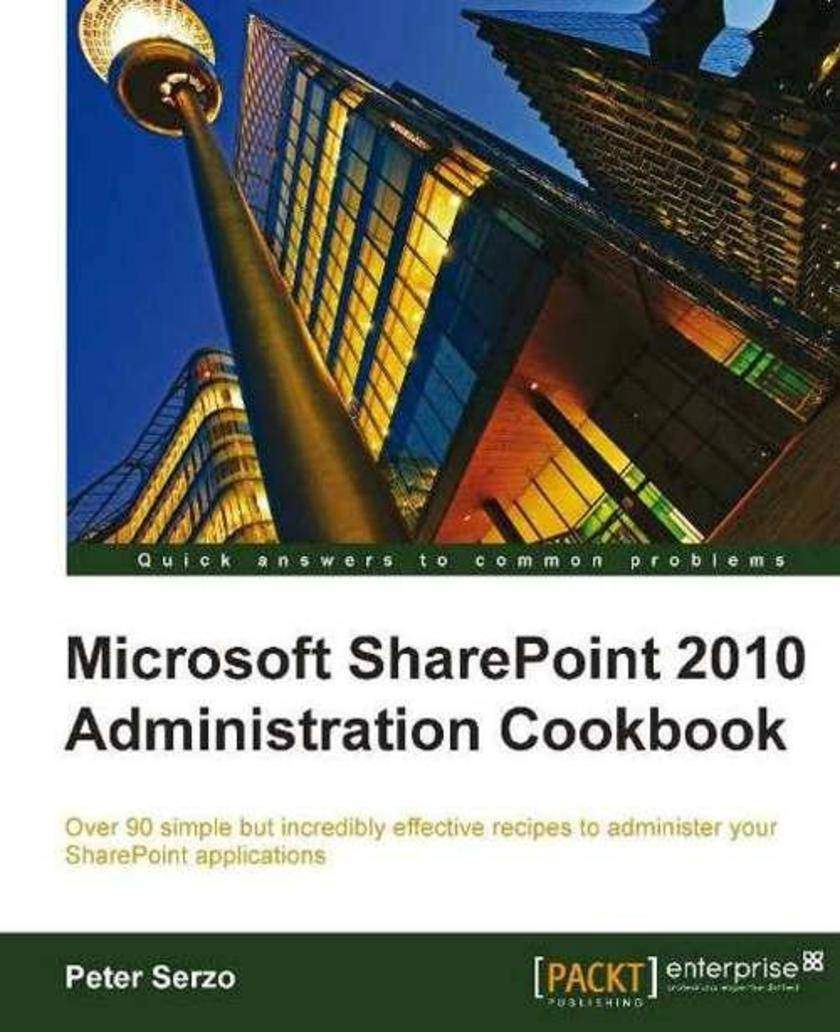
Microsoft SharePoint 2010 Administration Cookbook
¥80.65
Microsoft SharePoint 2010 Administration Cookbook contains step-by-step instructions for SharePoint administrators to gain control of their SharePoint environment. The book is designed so that you can refer to it chapter by chapter, or you can look at the list of recipes and read those that interest you in no particular order. If you are a SharePoint Administrator looking for solutions to the many problems faced while managing SharePoint, then this book is for you. It is written for SharePoint administrators who are either already working on SharePoint, or have recently started working and eager to learn more about SharePoint administration. You need to have some basic knowledge of SharePoint in order to follow the recipes in this book.
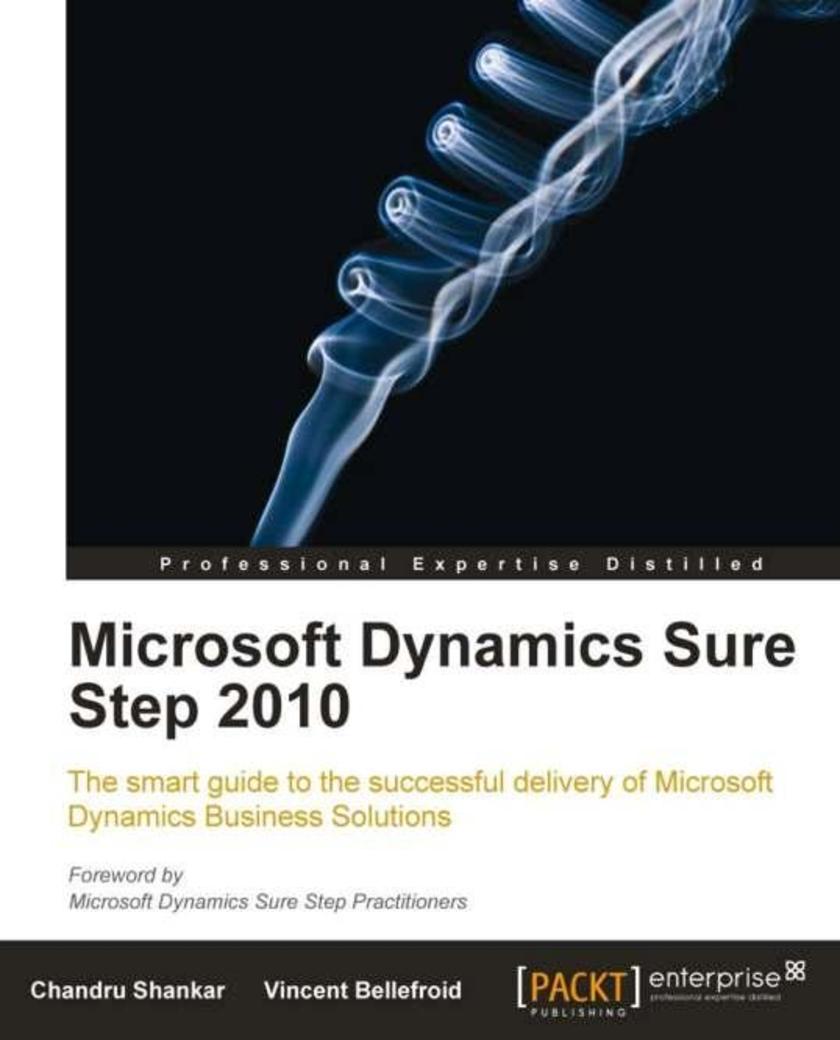
Microsoft Dynamics Sure Step 2010
¥107.90
A focused tutorial, this book is much more than just another step-by-step guide into project management. This book shows you how to implement Microsoft Dynamics Sure Step business solutions, with Microsoft Dynamics Sure Step providing the basis. This book will also help you to plan, align, and orchestrate your sales activities. It will orient you to tactics required to be efficient, proactive, goal driven and flexible in your Microsoft Dynamics engagements. If you are a Dynamics consultant, developer, or in a customer resources or sales role that requires guidance and knowledge of the ERP/CRM business solutions space or to deliver business solutions that meet or exceed the expectations of your organization, then this book is ideal for you.
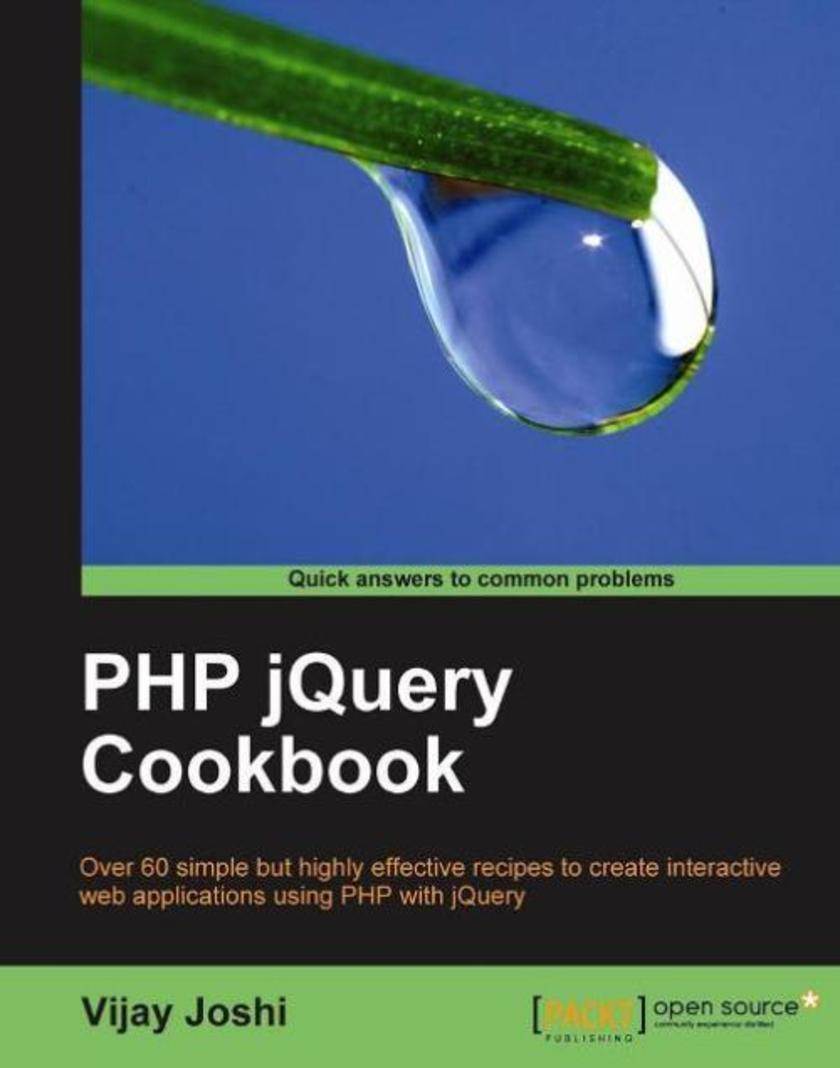
PHP jQuery Cookbook
¥71.93
Written in Packt's cookbook style, this book presents numerous practical examples that you can use directly in your applications. The book covers most of the essential issues you will face while developing your web applications and gives solutions to them. Recipes in the book are written in a manner that will rapidly take you from a beginner to expert level. If you want to use PHP and jQuery together to create web applications this book is for you. It provides a large number of examples in each chapter that will take you from a basic developer to a pro by giving step-by-step instructions for each task in developing web applications using PHP and jQUery. All you need are JavaScript basics and you are on your way to building power web applications, with this book in hand.
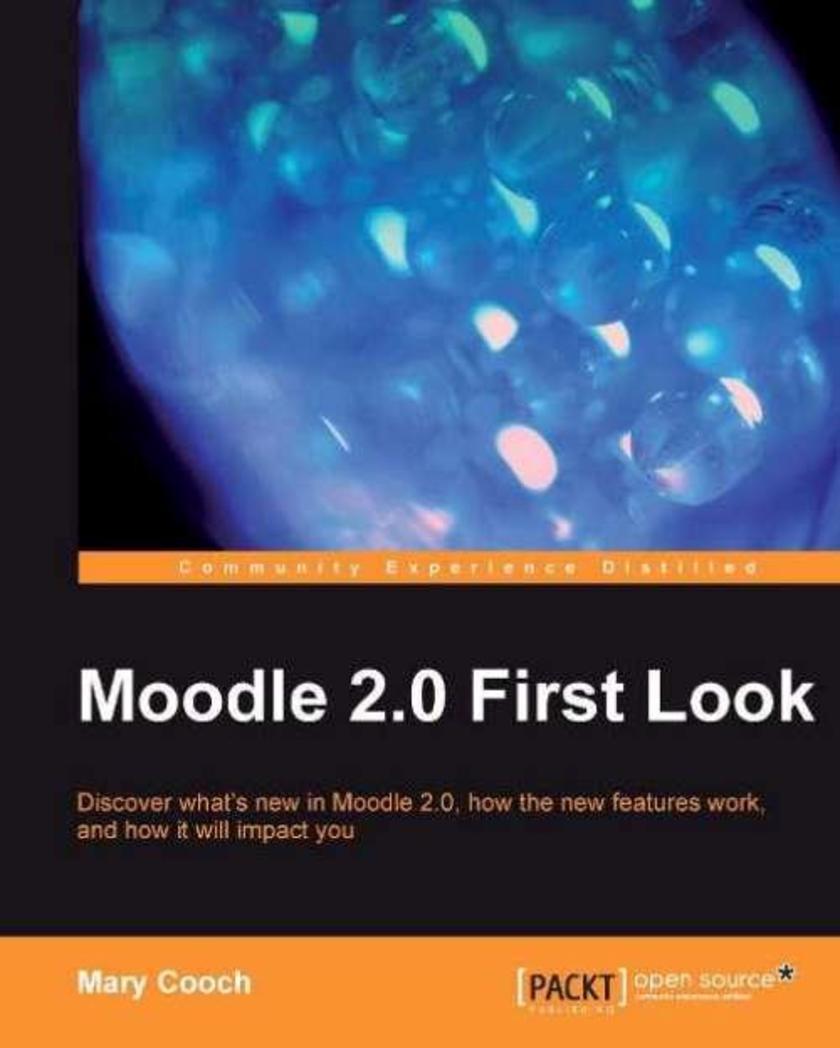
Moodle 2.0 First Look
¥71.93
The book looks at the main functional areas of Moodle that have significant new features, explains the new features and how to use them. It draws attention to significant differences from how things used to behave, and gives the reader an idea of the kind of consequences these changes will bring to them. If you are an existing Moodle user, tutor, or administrator, then this book is for you. You are expected to be familiar with the operation of Moodle.

Sakai CLE Courseware Management
¥99.18
This book takes a step-by-step, practical approach and is filled with examples and illustrations. This book is written for a wide audience that includes teachers, system administrators, and first time developers. It also appeals to the Sakai open source community, potential community members, and decision makers working in education.




 购物车
购物车 个人中心
个人中心



